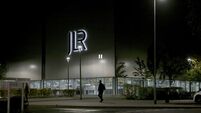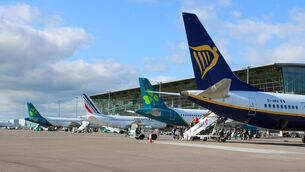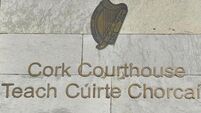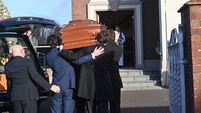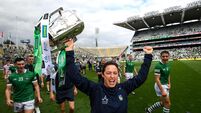Bank writes off €1.8bn in bad debts
That compares with €106 million written off in 2007.
The bank said losses on property investments in Ireland and Britain accounted for most of the provisions in the accounts, which came to 1.37% of average customer loans, compared to 0.09% in 2007.








